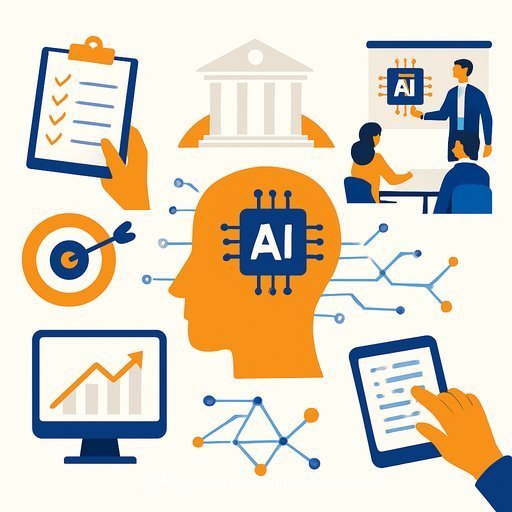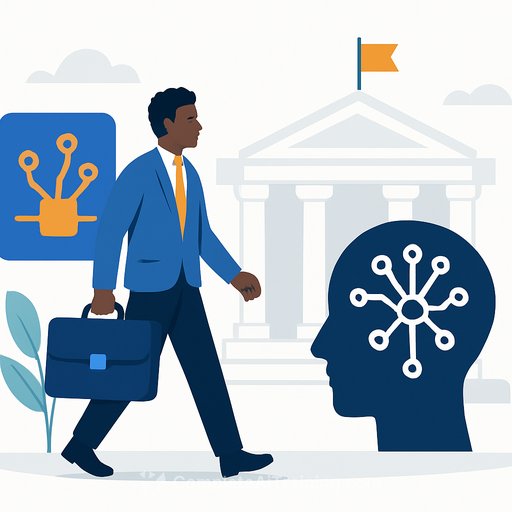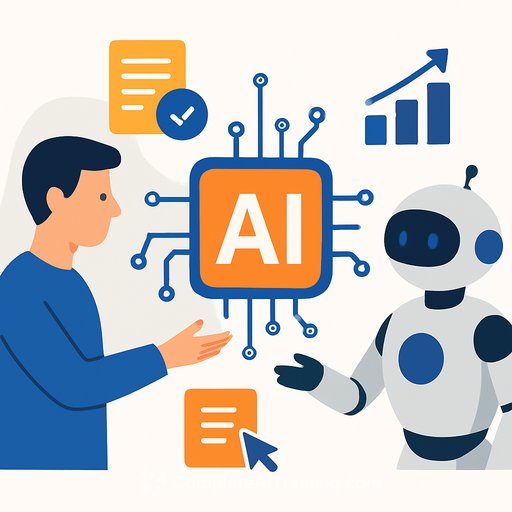India's Next Tech Leap: Government Pushes for Leadership in AI and Robotics
India has a clear directive: lead in artificial intelligence and robotics. At the 'Robotics for Good Youth Challenge India 2025' during the India Mobile Congress, senior officials called for solving the "innovation paradox" by building capabilities and empowering younger talent to tackle real problems like food security.
Inaugurating the event, Deb Kumar Chakrabarti, Member (Services), Digital Communications Commission, Department of Telecommunications (DoT), said India must emerge as a leading innovator in AI and robotics. He highlighted the FAO-ITU Robotics for Good Youth Challenge as a focused effort to combat hunger through technology-led solutions.
Key facts from the challenge
- Co-hosted by the Department of Telecommunications and the International Telecommunication Union (ITU) with IIT Delhi's I-Hub Foundation for Cobotics (IHFC).
- Part of the ITU's AI for Good Impact Initiative, encouraging AI and robotics projects aligned with the UN Sustainable Development Goals.
- Open to students aged 10-18, with Junior and Senior categories.
- 271 young innovators across 55 teams participated nationally.
- Winners will represent India at the Global Grand Finale in Geneva, Switzerland, in July 2026.
Why this matters for government
AI and robotics are not side projects-they're core infrastructure for public service delivery, agriculture productivity, disaster response, and inclusive growth. The talent exists, and the ecosystem is maturing; the gap is in speed, coordination, and mission-focused deployment.
Priority actions for policymakers and public sector leaders
- Fund mission-driven pilots: Back agri-robotics, precision irrigation, post-harvest automation, and public health logistics through multi-year challenge grants.
- Procurement sandboxes: Create fast-track routes for piloting AI/robotics in departments with capped risk and clear success metrics.
- Capacity building: Set mandatory AI upskilling for officers in agriculture, health, urban, and rural development; include data, safety, and ethics.
- Standards and safety: Issue guidance on model risk management, testing protocols for autonomous systems, and access rules for public datasets.
- Public-sector testbeds: Use Krishi Vigyan Kendras, state agri universities, and smart city labs as open test sites for startups and student teams.
- Inter-ministerial task force: Align DoT, MeitY, Agriculture, Education, and Skill Development on shared targets, funding, and evaluation.
- Tier-2/Tier-3 inclusion: Expand incubator support beyond metros; sponsor local problem statements and mentorship networks.
- Open data, open APIs: Publish clean datasets for crops, weather, warehousing, and public procurement with privacy safeguards.
- Language-first AI: Prioritise Indian language interfaces to widen access for farmers, field workers, and students.
- Ethics and equity: Bake in safety, transparency, and grievance redress mechanisms from day one.
What the event signals
India's bench strength is real: hundreds of students are building AI and robotics solutions for social good. With sustained support-funding, standards, and real deployment pathways-the country can convert student prototypes into public value at scale.
For context on the global programme, see ITU's AI for Good and initiatives from the Food and Agriculture Organization (FAO).
Next steps you can act on this quarter
- Nominate 1-2 priority use cases per department (e.g., agri-yield forecasting, warehouse robotics, vaccine cold-chain monitoring) and open a pilot call.
- Set a 90-day sandbox with KPIs: accuracy, cost per outcome, safety thresholds, and field feedback loops.
- Create a small outcomes fund tied to deployments in districts with clear benefits to farmers, students, or patients.
- Establish officer training cohorts and a repository of reusable datasets, models, and procurement templates.
If you're building an internal upskilling path for your team, browse role-based AI learning options here: AI courses by job.
Bottom line: The mandate is clear-build capabilities, back youth-led innovation, and move pilots into service delivery. With a focused push, India can lead in AI and robotics while delivering measurable outcomes for citizens.
Your membership also unlocks:






